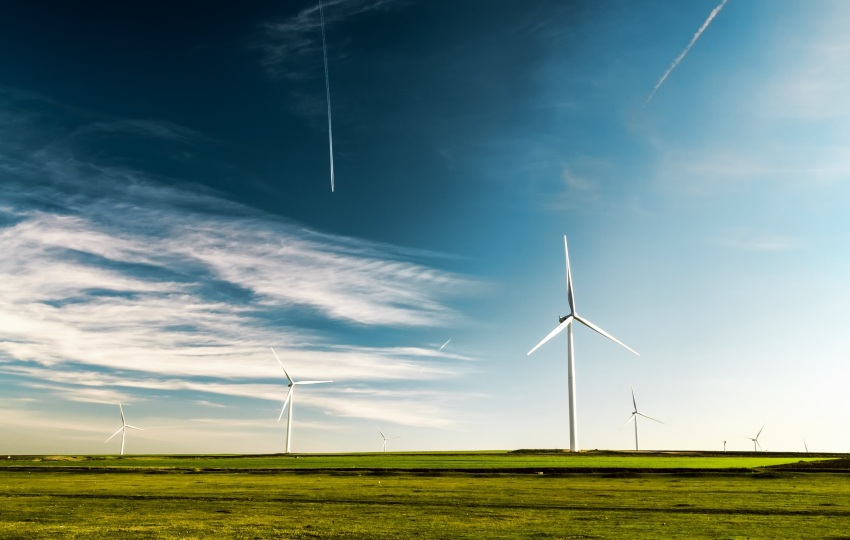The Circular Economy Action Plan is Europe’s commitment to making a cleaner, richer (in terms of resources), and greener world to live in. To make the European Green Deal reality, it is essential to change our existing linear production models that are resource-intensive and wasteful. The traditional way to do this is through the National and European legislation to instill sustainable practices in the economy. However, as in previous times, education will have a prominent role in this transition.
What is the circular economy strategy?
The basic circular economy strategy is to break the linear production model of the take-make-waste economy. Essentially, the circular economy wants to adopt an action plan to create a regenerative model with processes that restore and use the least possible energy and resources.
The world needs new materials, resources, technologies, and techniques to support it for true circularity. Other essential elements of the circular economy strategy are product utility maximization and replacing high-impact materials such as concrete with renewable bio-based ones.
The circular economy in European legislation
The idea of the circular economy was first developed in academia as part of environmental economics. The first active steps towards the CE in the EU were taken in 2014. However, some aspects of the circular economy like waste management, environmental protection, recycling, and reuse have been regulations since the 1970s.
Currently, the circular economy remains a core priority in EU economic policy. The circular economy action plan is the fundamental document that dictates all actions to be taken in the EU for the circular economy.
The first EU circular economy action plan was adopted in 2015 with €650 million in funding under Horizon 2020 and €5.5 billion under the structural funds to “close the loop” of product lifecycles. This circular economy action plan was revised in 2020 to meet the new needs for sustainable growth better.
What is the circular economy action plan?
The new circular economy action plan (CEAP) was adopted in March 2020. It constitutes one of the foundations of the European Green Deal and a long-term plan for sustainable growth. The circular economy action plan seeks to reduce pressure on natural resources and boost sustainable development and job creation. Additionally, this action plan is fundamental to reaching the climate targets and stopping biodiversity loss.
Is circular economy education the way forward?
We’ll witness a more concentrated effort in transitioning to a circular economy in the following years. At this point, abiding by the circular economy action plan is not just a matter of political will but instead of pure survival. However, the window of opportunity to reverse climate change has started to close. The world needs decisive actions to avoid the unwanted and irreversible consequences of a climate disaster.
Education has played an integral part in human progress, especially during periods with significant changes like we currently experience. In this case, the circular economy will bring fundamental societal changes, and education will play an integral role.
This upcoming new economic model will create the need for new skills development and the creation of green jobs. Therefore, since the economy’s future is circular, young Europeans should become accustomed to those ideas from a young age. Specifically, the new generation of students should at least be familiar with the basic principles of CE: the 3 R’s: To reduce, reuse, and recycle. In that particular order of significance.
Building Bridges | A European Project for the Circular Economy

Building Bridges is an Erasmus+ project offering a bottom-up approach to support the Circular Economy Action Plan. The project’s main objective is to help you acquire innovation and specialized competencies by empowering them to use the Green Economy (GE) by creating new business models based on the Circular Economy principles (EC).
The subsequent goals of the Building Bridges EU project are to:
- Introduce youth to the ideas of Circular Economy and Green entrepreneurship. Moreover.
- Promote career opportunities in the circular economy and the existing green jobs.
- Teach about the benefits and challenges of CE and GE.
- Create circular business models and promote green economy business collaborations at the national, regional, and European levels.
- Disseminate the critical work of Building Bridges at a pan-European level to increase the environmental and social impact of the circular economy.
- Strengthen networking between partner organizations, youth, and other stakeholders.
The circular economy is the latest development in our ambition to transition our economies to a more sustainable and resilient system decoupling our economic activities from the consumption of finite resources.
With the new Circular Economy Action plan in place, educating the new generation of Europeans is essential to achieve long-term sustainable growth. They will be called upon to use these principles in their ventures as entrepreneurs or as tools in their future green jobs.
See more about iED’s activities in supporting a more sustainable and green future. If you are interested in being our partner in your next European project, do not hesitate to contact us.

